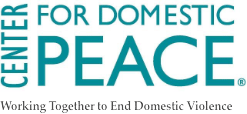Stalking
WHAT IS STALKING?
Stalking is defined by law by the federal government. When an abuser acts in such a way as to intentionally create a fear of harm or death for the victim, that is stalking. This could take the form of a fear of harm, injury or death for themselves, a relative, or any third party. Abusers who use stalking to terrorize and threaten create substantial emotional distress for their victims, family members and third parties.
Types of stalking may include: making unwanted phone calls, sending unsolicited or unwanted letters or emails, following or spying on the victim, showing up at places without a legitimate reason, waiting at places for the victim, leaving unwanted items, presents, or flowers, and posting information or spreading rumors about the victim on the internet, in a public place, or by word of mouth”. Other behaviors that can qualify as stalking include, but are not limited to, looking through the victim’s property, taking the victim’s property, collecting information on the victim, or taking pictures of the victim.
WHY IT MATTERS:
Stalking is often an indicator of other forms of violence. 81% of women who were stalked by a current or former husband or cohabitating partner were also physically assaulted by that partner; 31% of women were sexually assaulted. Abusers use stalking to intimidate and control their victims.
If you are being stalked or know someone who is, call us!
24-hour hotline / Línea de apoyo bilingüe las 24 horas:
Or 1.800.799.SAFE (1.800.799.7233) for a domestic violence program near you
